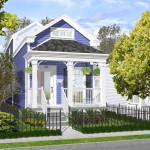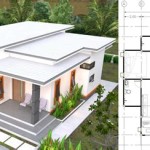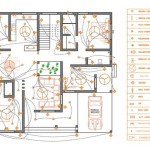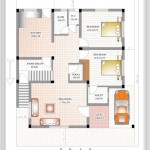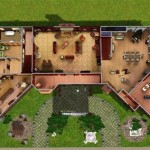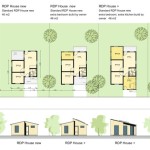Essential Aspects of Easy Birdhouse Plans For Cub Scouts
Building birdhouses is an exciting and educational activity for Cub Scouts, fostering their creativity, practical skills, and appreciation for nature. Whether it's for a pack project or an individual endeavor, careful planning and attention to specific aspects are crucial for successful construction and bird-friendly designs.
Materials and Tools
Choosing the right materials is essential for durability and longevity. Cedar, redwood, or pine are commonly used due to their weather-resistant properties. Plywood can also be an option, but it requires additional waterproofing measures. Essential tools include saws, drills, hammers, nails, and screwdrivers.
Design Considerations
The birdhouse's design should cater to the specific bird species you wish to attract. Consider the size, shape, and entrance hole dimensions. Research the types of birds in your area and their preferred nesting habitats. Ventilation holes are also crucial for airflow and preventing mold buildup.
Size and Shape
The size of the birdhouse depends on the targeted bird species. Smaller songbirds prefer houses with a 6x6 inch base and a height of 12-16 inches. Larger birds like bluebirds and chickadees require houses with a 8x8 inch base and a height of 16-20 inches. The shape can vary, but a rectangular or triangular base with a slanted roof is common.
Entrance Hole
The size of the entrance hole is critical to prevent larger birds from entering and deter predators. For songbirds, an entrance hole of 1-1 1/8 inches is suitable. Bluebirds prefer a slightly larger hole of 1 1/2 inches, while chickadees prefer 1 1/4 inch holes. Place the hole about 6 inches above the base for better protection.
Ventilation and Drainage
Adequate ventilation is essential to prevent humidity and mold growth within the birdhouse. Drill several 1/4 inch holes near the top of the back and bottom of the house to allow air circulation. A drainage hole in the floor can prevent water accumulation during heavy rain.
Perch and Roof
A small perch below the entrance hole provides a resting spot for birds. The roof should be sloped and have an overhang to protect the interior from rain. Cover the roof with roofing felt or shingles to ensure weather resistance.
Mounting and Placement
Mount the birdhouse on a pole or tree away from direct sunlight and prevailing winds. Place it at a height of 5-8 feet above the ground, providing shelter while discouraging predators. Secure the birdhouse firmly to prevent swaying or falling.

Pin On Scouting

Cub Scouts Birdhouse Plans

How To Make A Popsicle Stick Bird Feeder Craft

Bluebird House Plans


Cub Scout Birdhouse 4 Steps Instructables

Diy Birdhouses Turning Inspiration Into Reality

Bluebird House Plans

Diy Birdhouses Turning Inspiration Into Reality

Easy Bird House Projects For Scouts

